Solaris is a Unix operating system originally developed by Sun Microsystems. It superseded their earlier SunOS in 1993. Oracle Solaris, as it is now known, has been owned by Oracle Corporation since Oracle's acquisition of Sun in January 2010.
Solaris is known for its scalability, especially on SPARC systems, and for originating many innovative features such as DTrace, ZFS and Time Slider. Solaris supports SPARC-based and x86-based workstations and servers from Oracle and other vendors, with efforts underway to port to additional platforms. Solaris is registered as compliant with the Single Unix Specification.
Solaris is known for its scalability, especially on SPARC systems, and for originating many innovative features such as DTrace, ZFS and Time Slider. Solaris supports SPARC-based and x86-based workstations and servers from Oracle and other vendors, with efforts underway to port to additional platforms. Solaris is registered as compliant with the Single Unix Specification.
Solaris was historically developed as proprietary software, then in June 2005 Sun Microsystems released most of the codebase under the CDDL license, and founded the OpenSolaris open source project. With OpenSolaris, Sun wanted to build a developer and user community around the software. After the acquisition of Sun Microsystems in January 2010, Oracle decided to discontinue the OpenSolaris distribution and the development model. Just ten days before the internal Oracle memo announcing this decision to employees was "leaked", Garrett D'Amore had announced the illumos project, creating a fork of the Solaris kernel and launching what has since become a thriving alternative to Oracle Solaris.
In August 2010, Oracle discontinued providing public updates to the source code of the Solaris Kernel, effectively turning Solaris 11 into a closed source proprietary operating system. However, through the Oracle Technology Network (OTN), industry partners can still gain access to the in-development Solaris source code. Source code for the open source components of Solaris 11 is available for download from Oracle.





















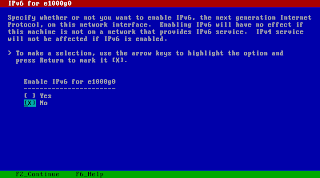









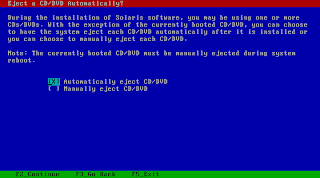

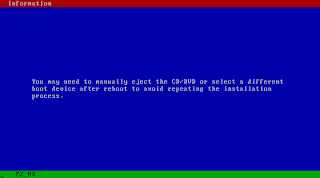








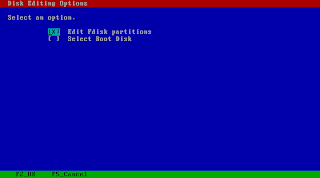






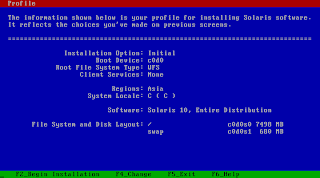
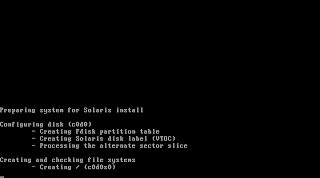









No comments:
Post a Comment